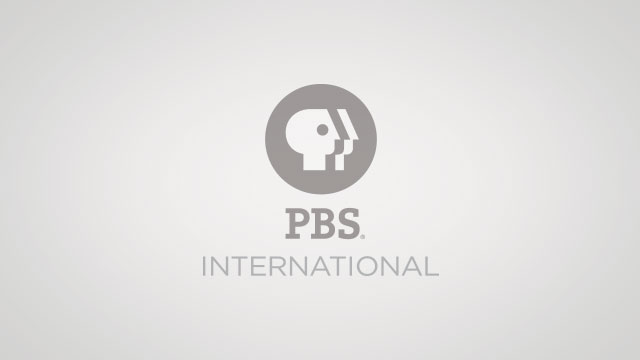
NOVA ScienceNOW Season 3 #304 1x53
FINCH BRAINS
What can the songs of Zebra Finches tell us about the human evolution of language? A lot more than we once thought. It turns out the way a finch learns to sing is very similar to how babies learn to speak. New research is looking into the genetics behind language acquisition and uncovering fascinating leads on how we have developed language — one of the key traits that makes us human.
NORTHERN LIGHTS
The northern lights are glorious, but like many beautiful things they hold a mystery: What causes them? Finding the answer is not just an exercise in satisfying scientific curiosity; the dance of the northern lights masks a growing danger, since the most energetic displays are associated with violent space weather. Space weather — the energetic flow of radiation, magnetic fields, and charged particles from the Sun — can disable satellites or even kill astronauts who happen to be in deep space. And given our increasing reliance on space-based technologies, we need to learn to predict space weather just as we can forecast Earth weather. But the pressure is on: there’s a storm brewing in the next few years, which will mark the peak in the Sun’s 11-year cycle of activity. NOVA scienceNOW investigates efforts to improve space weather forecasting with a new fleet of NASA satellites called THEMIS.
YOKY MASTUOKA
Growing up in Japan, Yoky Matsuoka was on her way to becoming a world-class tennis player. She even competed in qualifiers for Wimbeldon. But in daily practice it was hard to find a regular partner. So Matsuoka came up with the idea of building her own: a robotic player that would never get tired. Injuries put a hold on her tennis dreams, but not on her interest in robotics. Twenty years later, Matsuoka is now a leader in the emerging field of neurobotics — a fusion of neuroscience and robotics — and is at work on creating robot technology that can help disabled people. Her talent in science and technology was hard for her to accept in school, since she didn’t want to be labeled a geek. So she pretended to be an airhead instead, a habit that she didn’t abandon until graduate school at MIT. Now an associate professor of computer science and engineering at the University of Washington, Matsuoka was recently awarded a MacArthur “genius” grant. So much for being an airhead!
SMART BRIDGES
Ever since last summer’s sudden collapse of the Minneapolis Interstate 35 bridge, millions are now nervous about crossing long highway spans. In a nation abounding with aging bridges, what can be done to avert the next catastrophe? One technique being investigated at the University of California San Diego probes bridge supports with ultrasonic sound waves, searching for “sour notes” that signal hidden damage or stresses in the metal. Meanwhile, researchers at the University of Michigan are using nanotechnology to create a coating that works like a sensitive skin to detect structural damage beneath its surface. But drivers should bear in mind theses reflections by one engineer: “There are many different ways a bridge can fail, and no one technique, no one sensor is ever going to be the catch-all. It’s going to take a suite of technologies from across the spectrum of engineering knowledge”.
